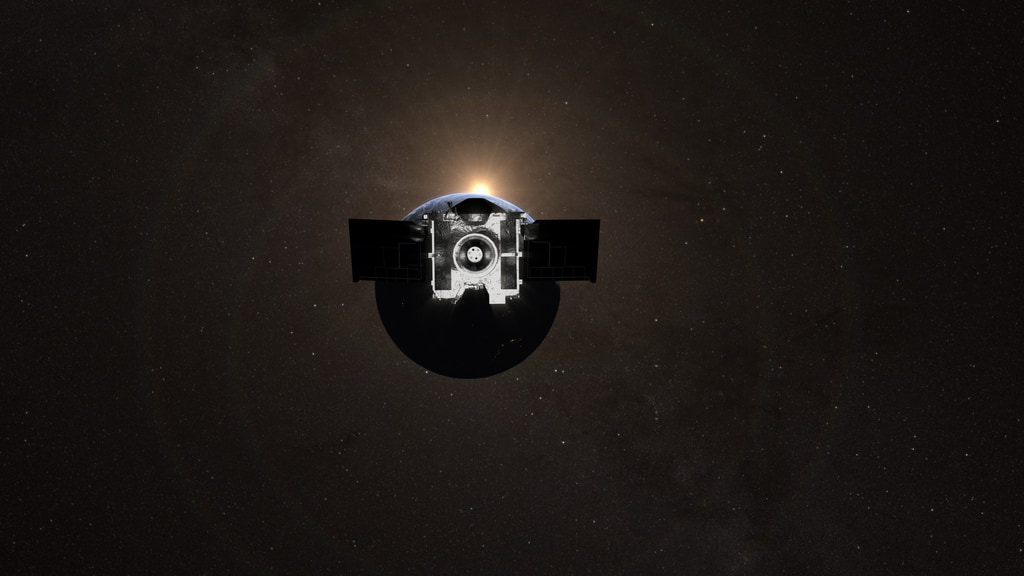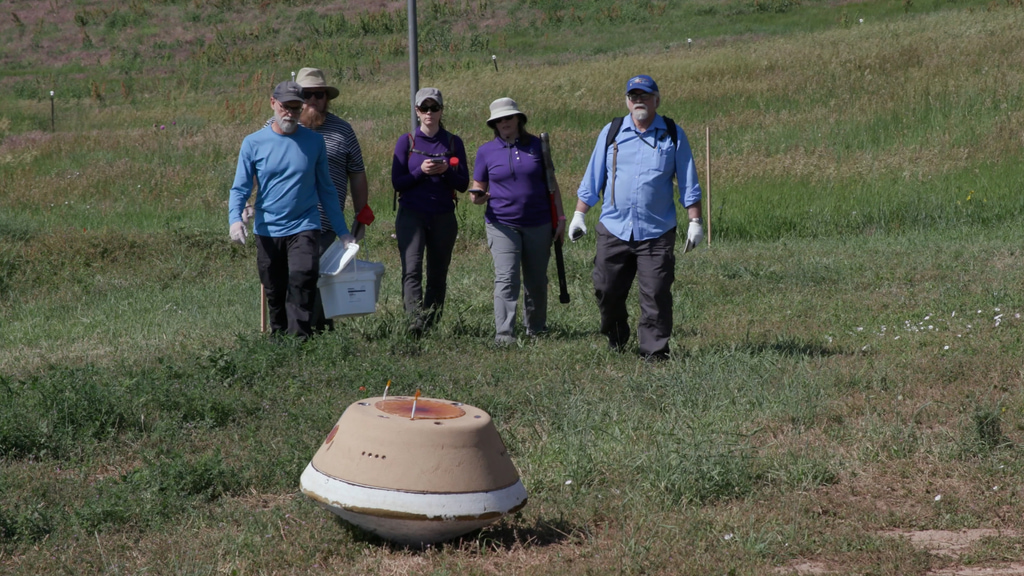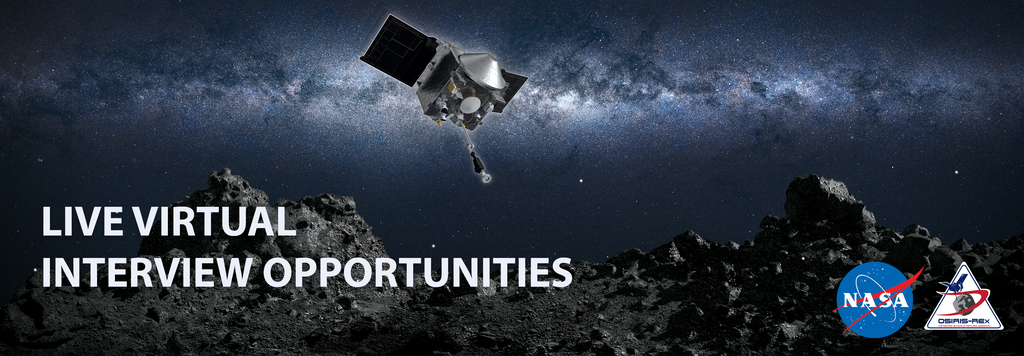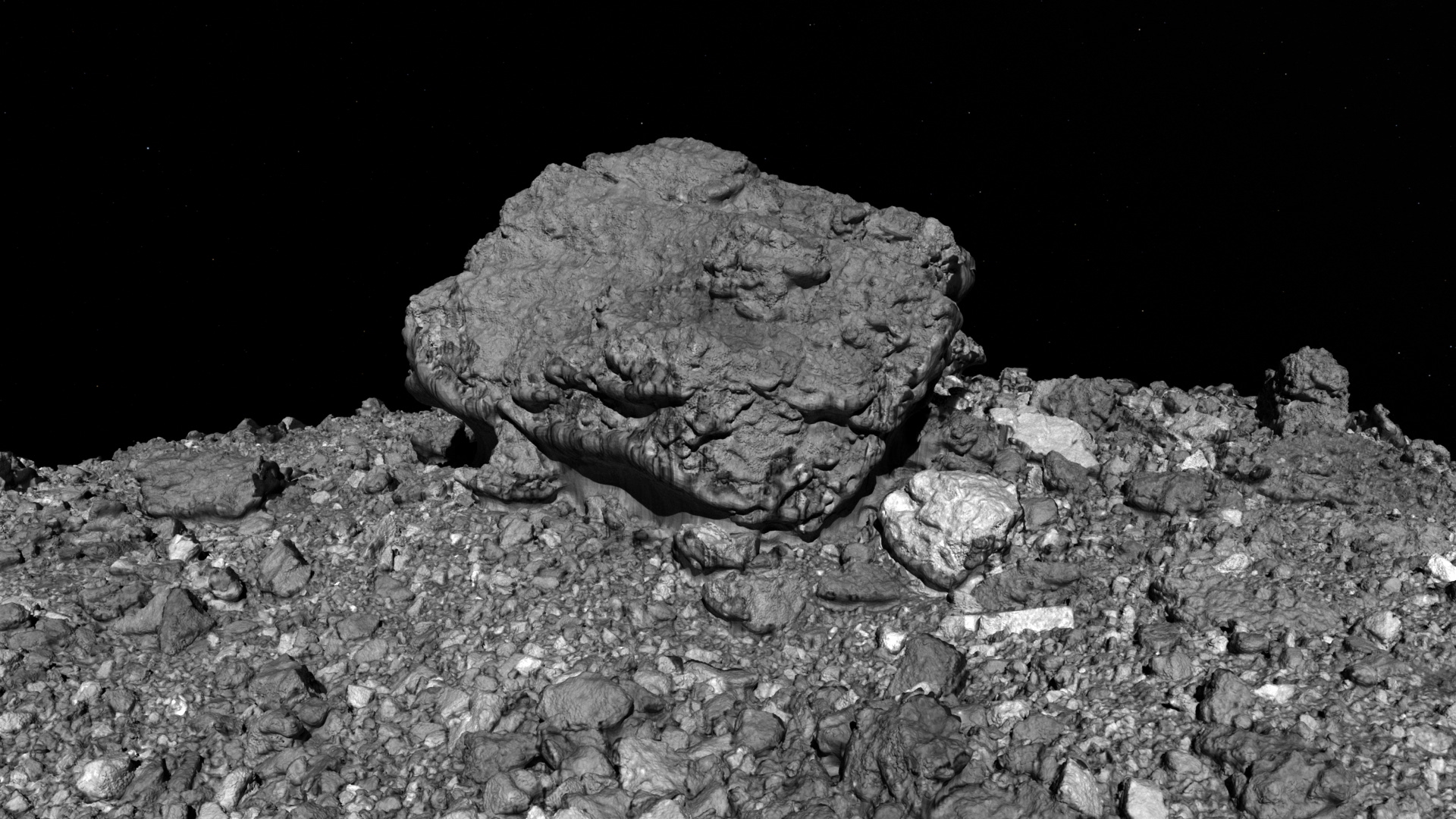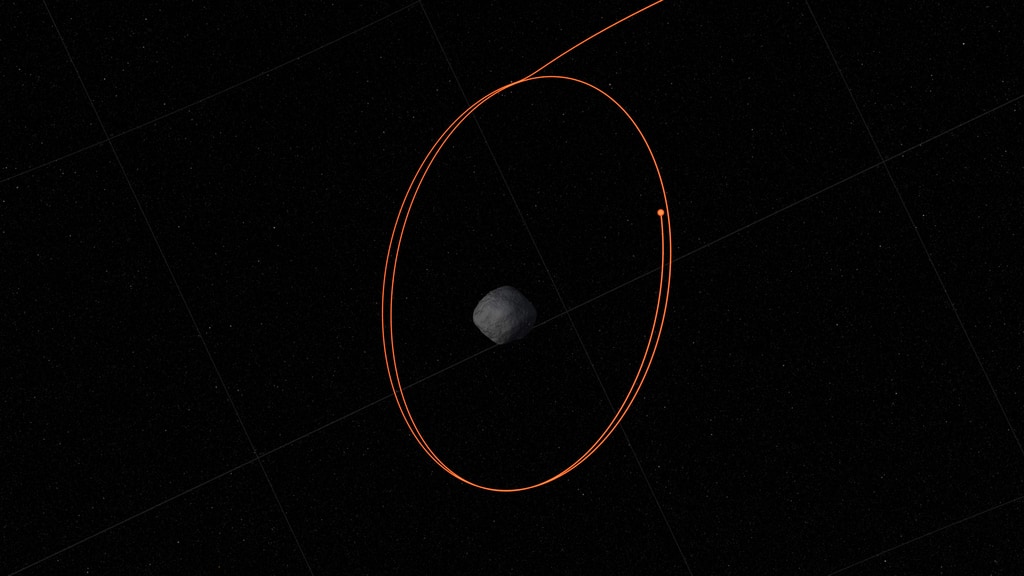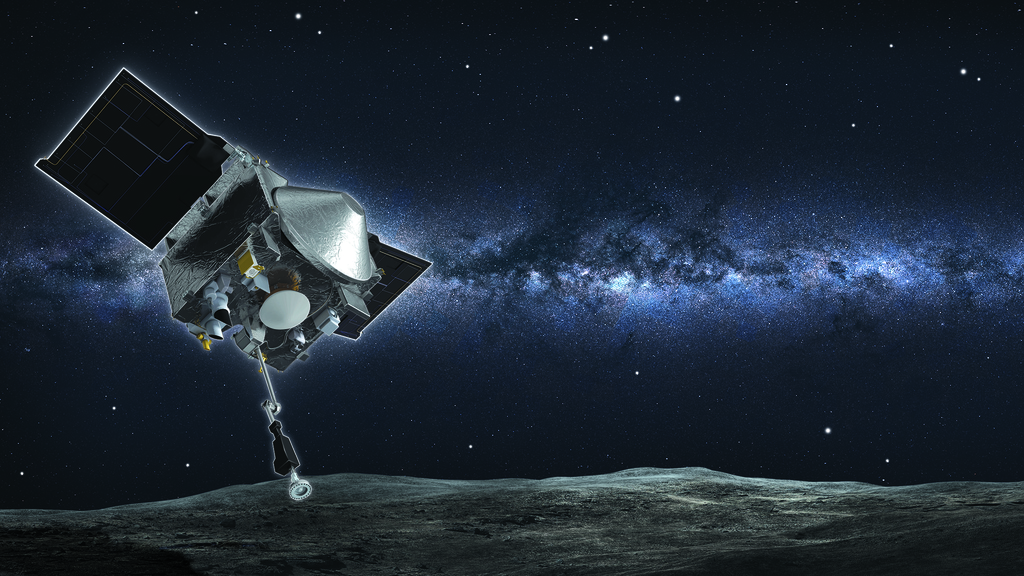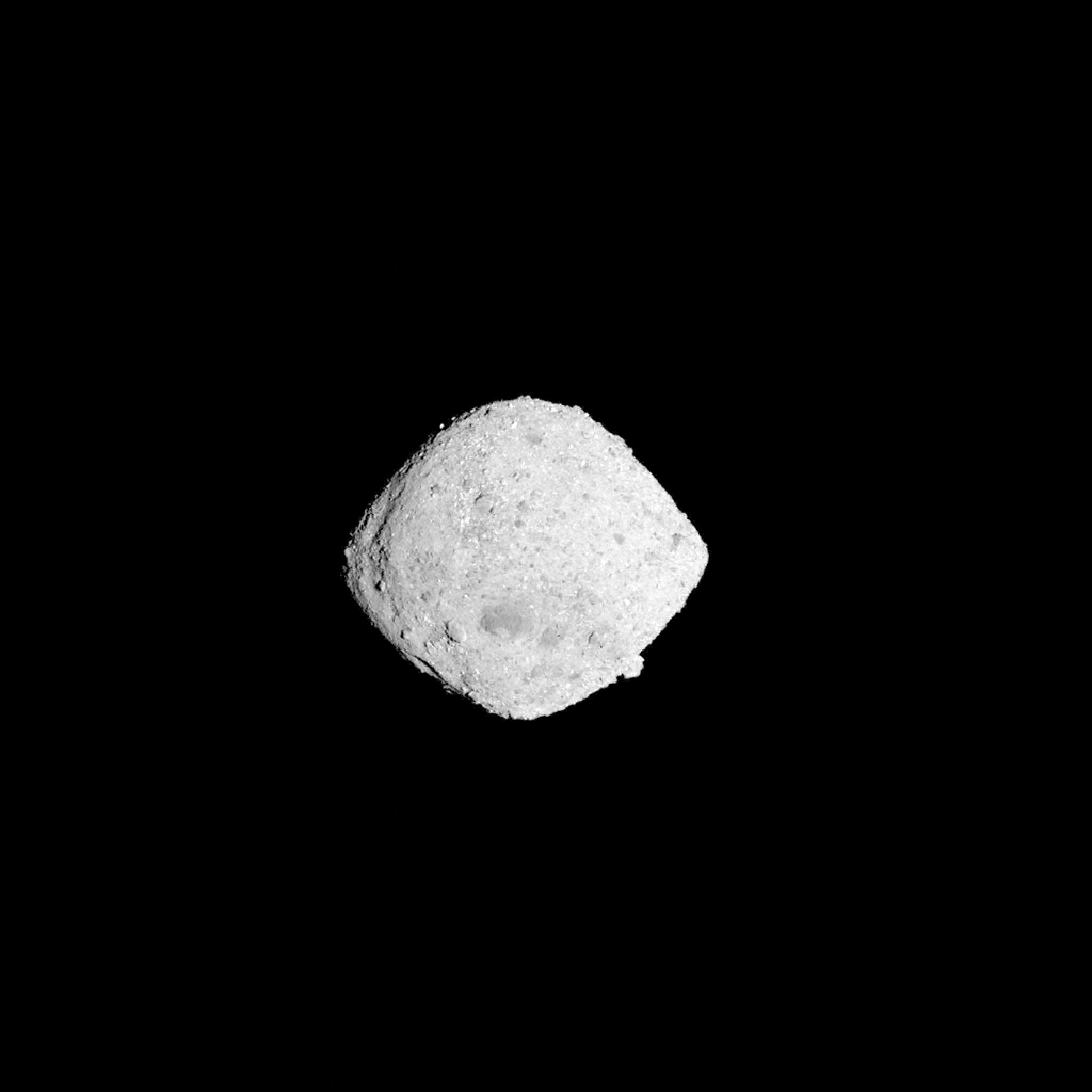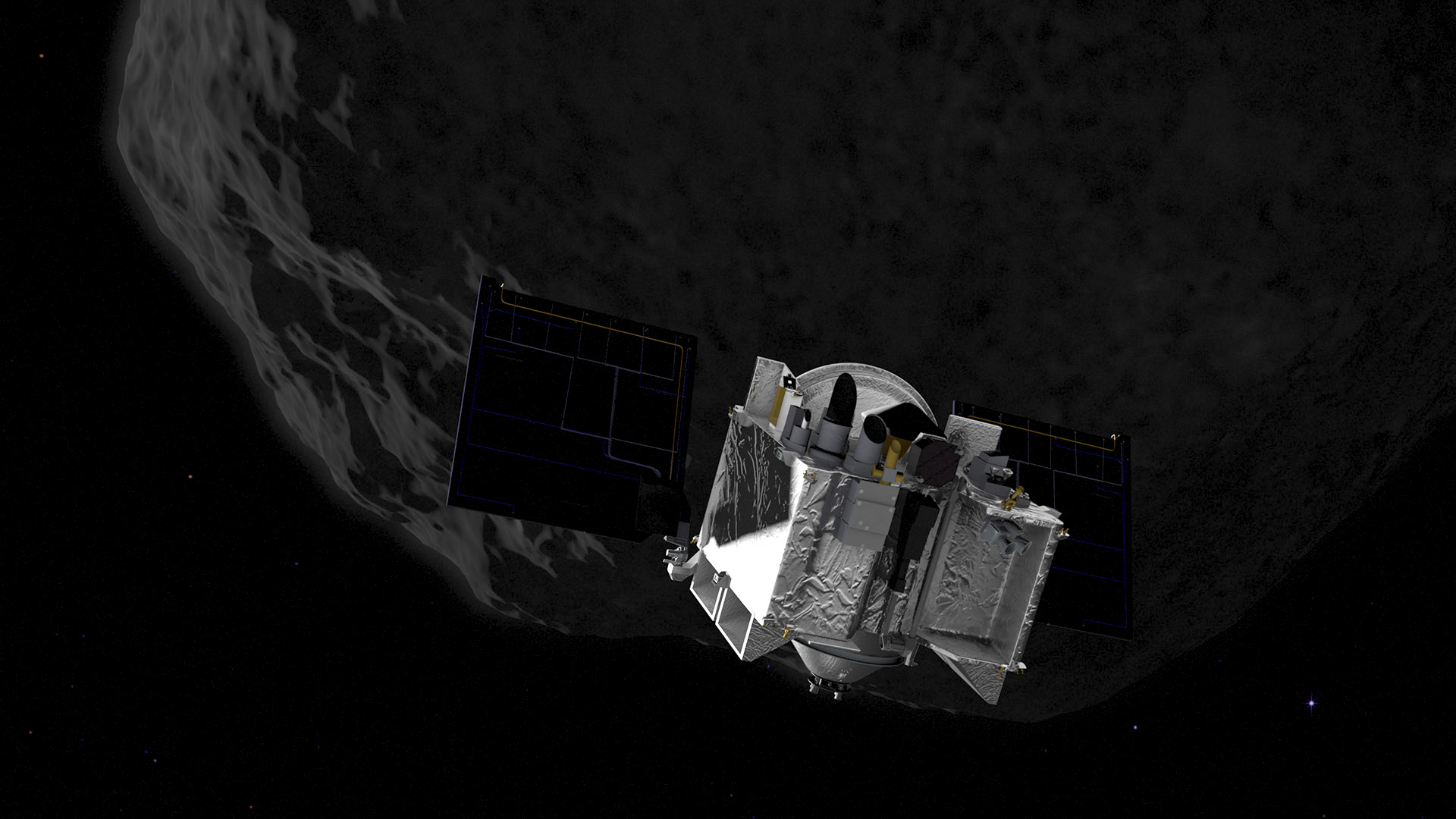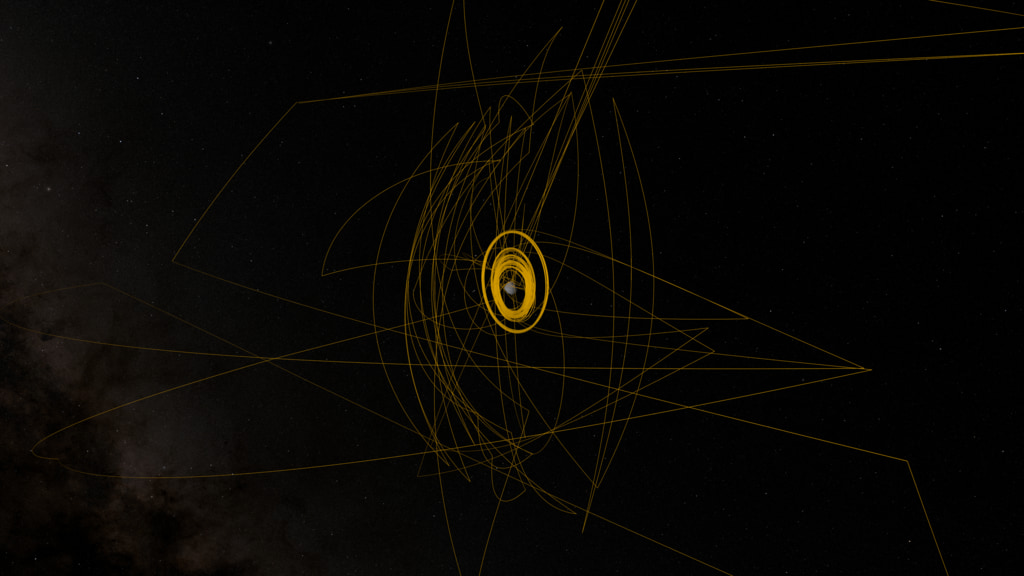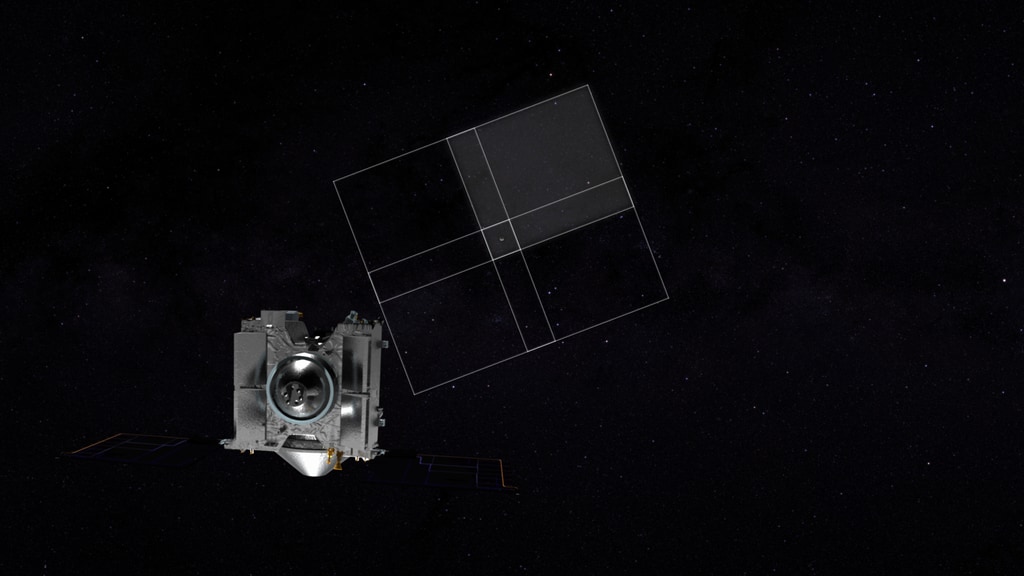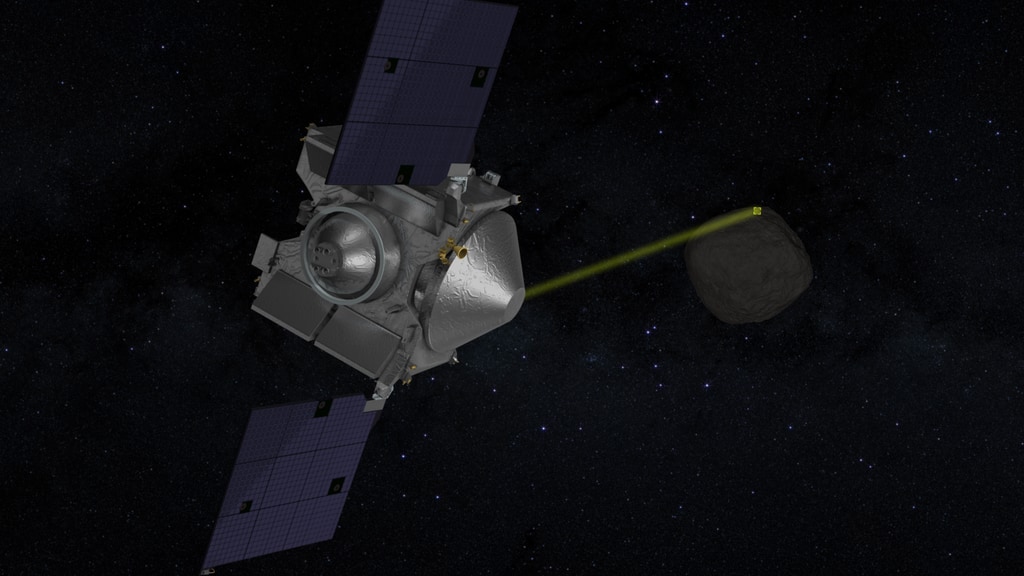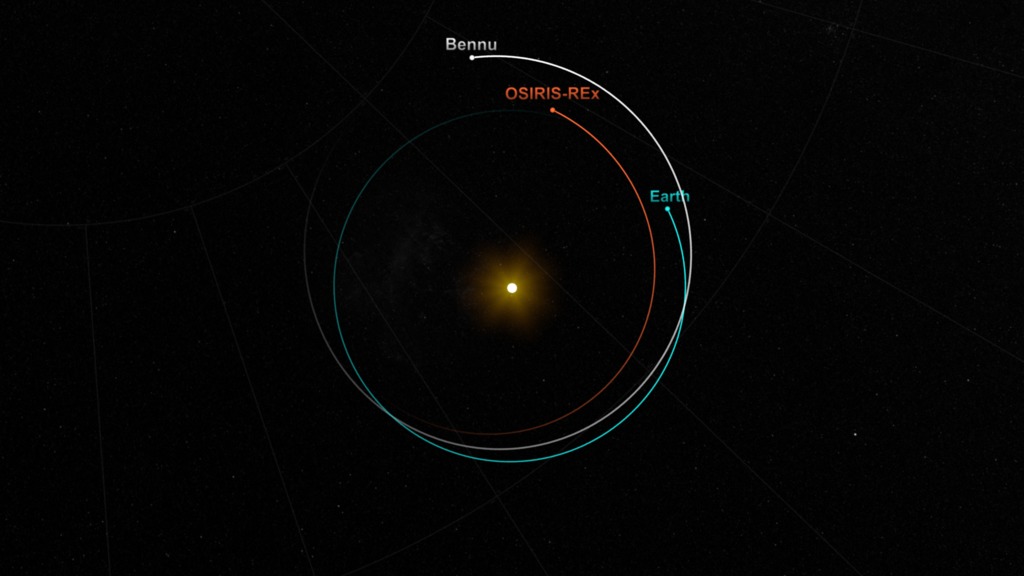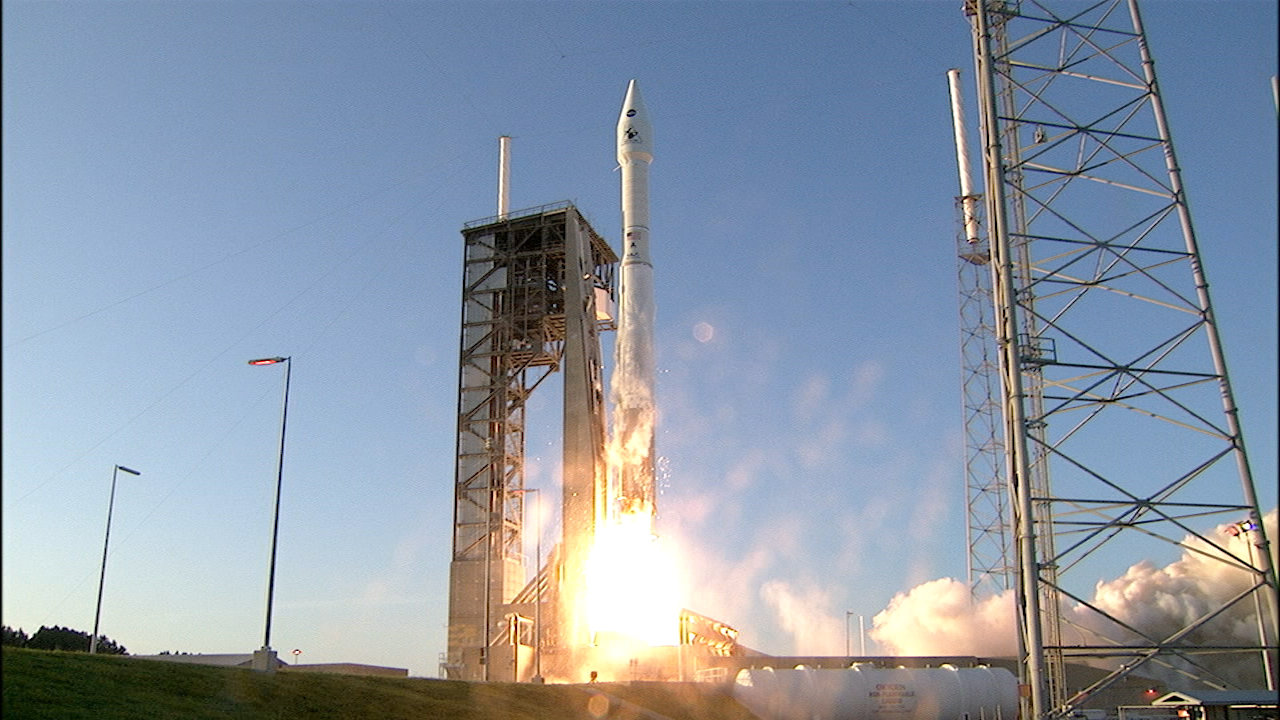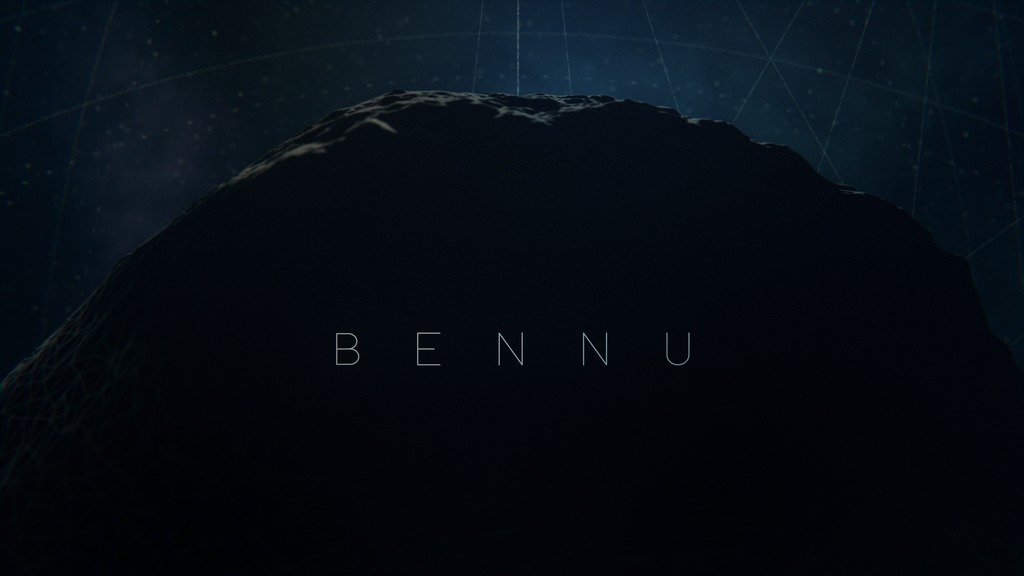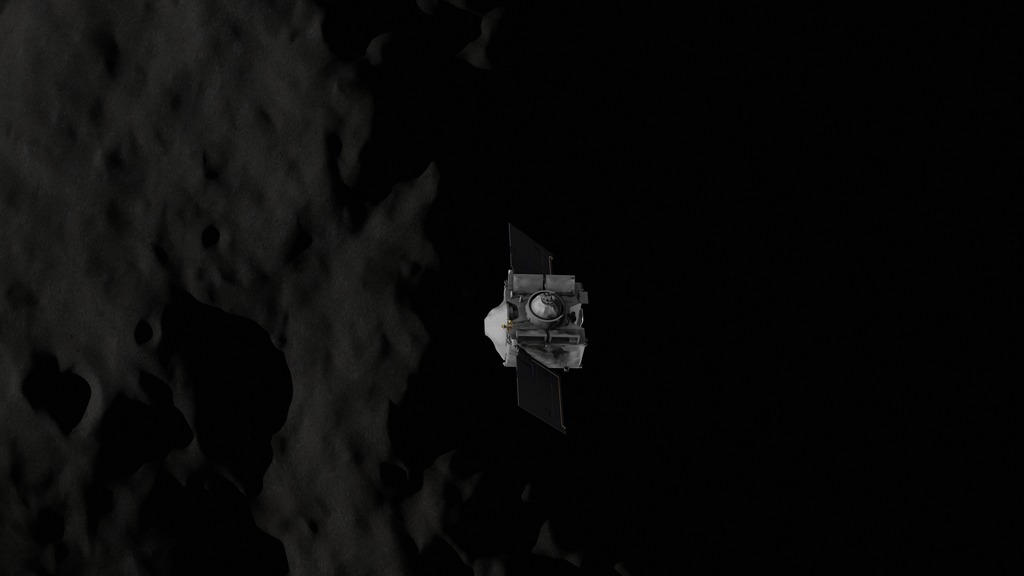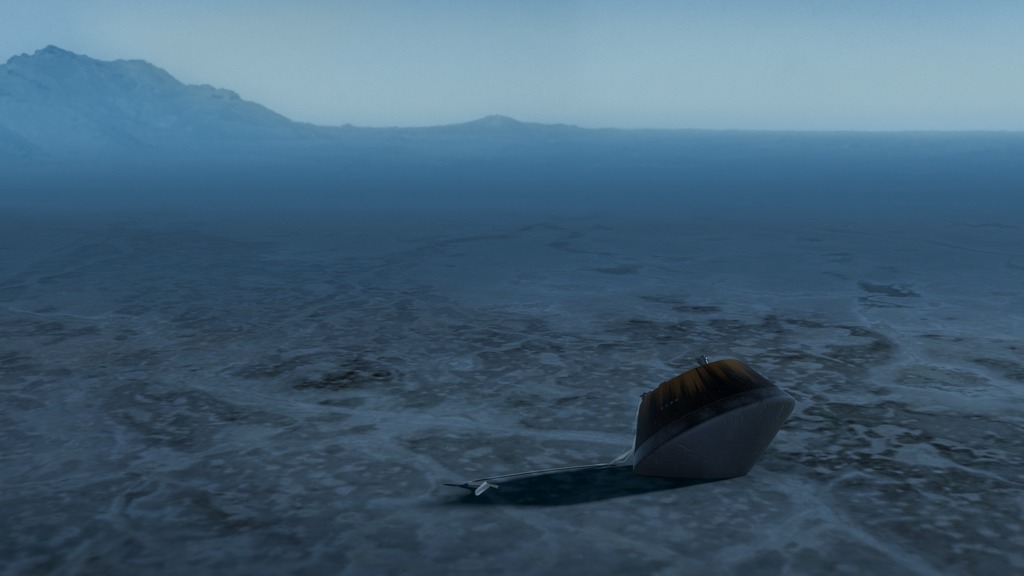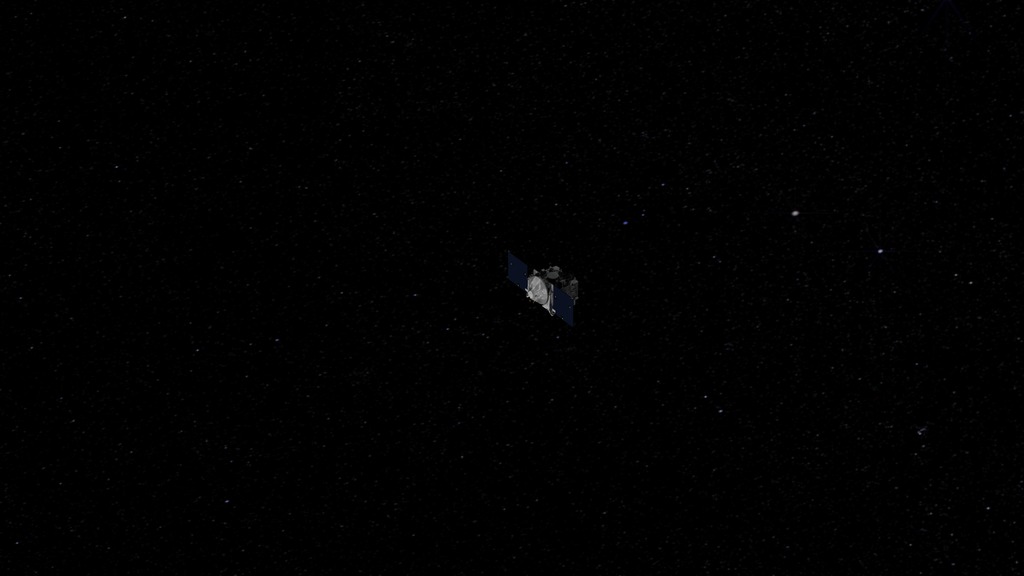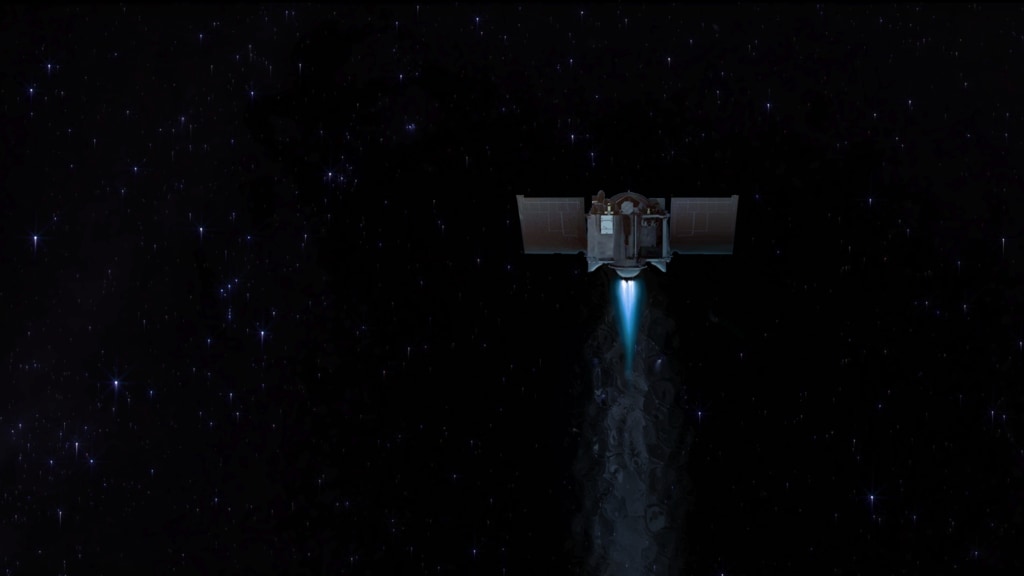OSIRIS-REx Mission Design: Narrated Feature
The OSIRIS-REx mission design includes complex trajectories, polar orbits, and reconnaissance flyovers that will allow the spacecraft to thoroughly explore asteroid Bennu.
Music provided by Killer Tracks: Electric Cosmos, Inducing Waves, Newfound Lands, Crystal Sound Bath, Imperatum
Watch this video on the NASA Goddard YouTube channel.
Complete transcript available.
OSIRIS-REx is the third mission in NASA’s New Frontiers Program. Its goal is to explore near-Earth asteroid Bennu, a remnant from the dawn of the solar system, and to return a sample of Bennu to Earth. OSIRIS-REx launched on September 8, 2016, and arrived at asteroid Bennu on December 3, 2018. The spacecraft is spending more than a year surveying and mapping Bennu before collecting a sample, ensuring that it can safely descend to the asteroid’s surface and retrieve a sample of high science value.
This video illustrates the OSIRIS-REx mission design in detail, through artist concept animations, data visualizations, launch footage, and imagery from the spacecraft itself. Each phase of the mission is depicted, from launch through sample return, providing an in-depth look at this journey to Bennu and back.
For More Information
See NASA.gov
Credits
Please give credit for this item to:
NASA's Goddard Space Flight Center
-
Producer
- Dan Gallagher (USRA)
-
Animators
- Walt Feimer (KBR Wyle Services, LLC)
- Michael Lentz (USRA)
- Adriana Manrique Gutierrez (USRA)
- Josh Masters (USRA)
- Lisa Poje (USRA)
- Bailee DesRocher (USRA)
-
Data visualizer
- Kel Elkins (USRA)
-
Scientists
- Dante Lauretta (The University of Arizona)
- Jason Dworkin (NASA/GSFC)
Release date
This page was originally published on Monday, December 3, 2018.
This page was last updated on Wednesday, May 3, 2023 at 1:46 PM EDT.
![Ride along with OSIRIS-REx during the thrilling finale of its journey to Bennu and back.Complete transcript available.Universal Production Music: “A Sense of Urgency” and “Rise to the Challenge” by Daniel Marantz and Michael James Burns, Raydia Music library [PRS]; “Fragments of Time” by Timothy Robert Shortell, Scores of Hypersonic Music [BMI]Watch this video on the NASA Goddard YouTube channel.](/vis/a010000/a014400/a014406/OSIRIS-REx_Journeys_End_Preview_V3_print.jpg)
